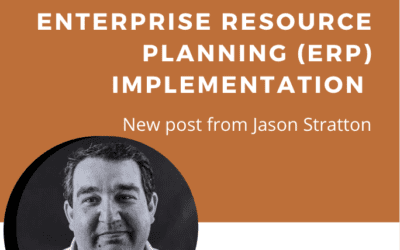A Quality Management System provides the structure for your organization to set up the necessary processes to achieve product or service realization. It will help you prioritize process controls to ensure consistent and reproducible results. The seven principles at the foundation of an ISO Quality Management System (QMS) are:
-
Customer Focus
-
Leadership
-
Engagement of People
-
Process Approach
-
Improvement
-
Evidence-based decision making
-
Relationship management
Implementing a system that focuses on these seven principles will help your organization improve in ways that impact bottom and top-line growth. Throughout my career, I’ve worked with many ISO QMS systems, and I’ve seen the benefits firsthand. Manufacturing companies tend to experience the following positive results after a successful ISO QMS implementation.
-
Deeply understand customer requirements and expectations
-
Utilize your knowledge of customer expectations to drive company goals
-
Engage employees by showing how their daily work contributes to the achievement of company goals
-
Involve all employees in the development of robust and defined processes for more efficient operations.
-
Eliminate waste and increase profits
-
Increase employee morale and foster a positive environment through continuous improvement culture
What are the challenges or pitfalls of QMS ISO Implementation?
While there are several things to consider when making plans for implementation, the most important thing to remember is to engage your employees in the QMS ISO process.
Your employees are the key to a successful implementation of a Quality Management System because they are the stakeholders that perform your business activities on a daily basis and they are the ones who, after all the excitement of implementation is over, must maintain the systems per the agreed to and established procedures.
ISO Certification is all About Defining your Organization’s Goals
What processes are needed to achieve those goals? The people who carry out those processes need to be involved. Work with your team to define what each individual does within the process. Map out what steps, tools, and documentation are critical. Spend time digging into how everyone communicates hand-offs for the next step. Involving people early in the planning stages will avoid incorrectly defined processes.
Make your implementation a company-wide mission
Auburn Manufacturing, Inc. (AMI), a client of the Maine MEP sets a great example of this in their recent Heros of Manufacturing feature video.



